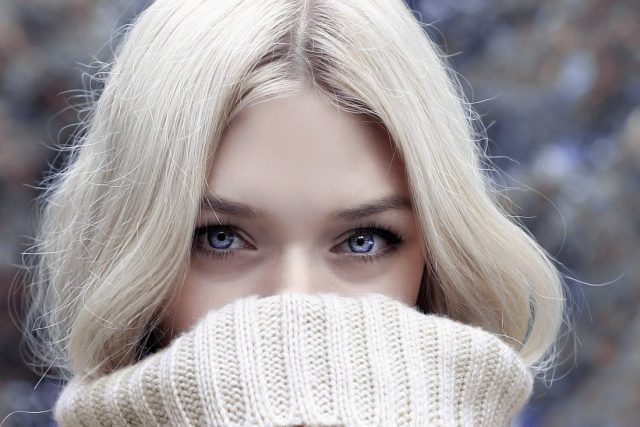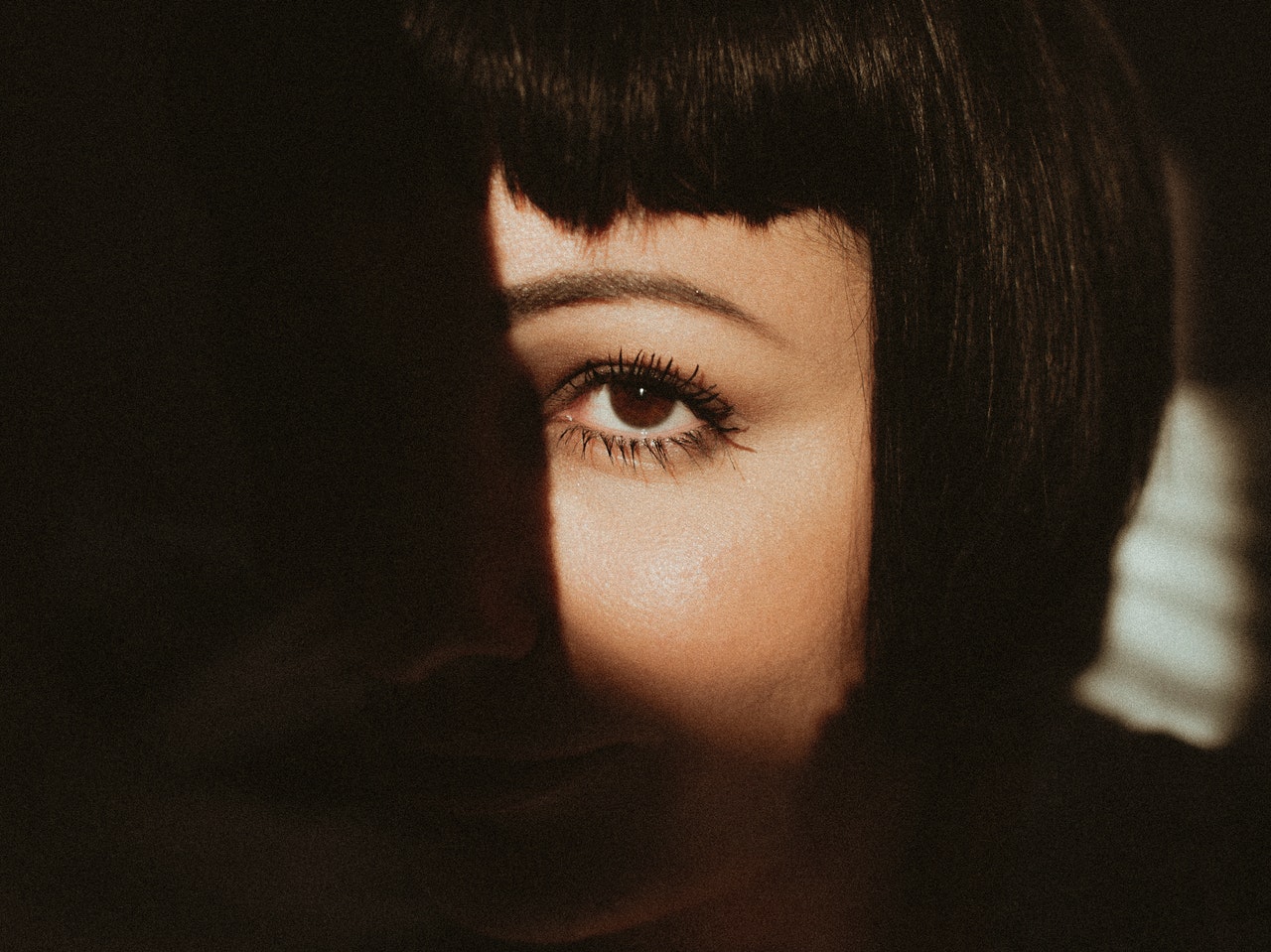Eyes See Hue
Eyes have always been known as the “windows to the soul”. Face experts say this is because it is the sincerest part of the face. The eyes can easily give one away because the eyes require the least control compared to other parts of the face with the mouth, for example. The pupils involuntarily dilate when it likes something and contract when they feel the opposite. For this reason, the eyes are most often the first thing sought in a person’s face since from there, how to proceed with future interactions, are decided upon. Consequently, what the eyes may convey draws attention and the eyes are used to give a good impression. Some prefer to accentuate it by framing it with beautifully groomed eyebrows. Some use make-up to enhance their appearance. Others go as far as wearing contact lenses not because of necessity but for a purely cosmetic reason: to change the colour of their eyes.
A fun survey at quibblo.com titled “Ultimate Eye and Hair Color Survey” illustrates that when asked what eye colour respondents wish to be born with, the top answer is blue, closely followed by purple and green.

So, why blue?
The Novelty of Standing Out
Asian countries sell whitening products while America has a market for tanning treatments which reflects a pattern of wanting what is not owned. On the subject of eyes, roughly 55%-79% of humanity have brown eyes. Then blue eyes come in second at 8%-10%, with 5% of the world’s population with hazel or amber eyes, 2% has green eyes, and a small fraction is composed of the rarer eye colours like purple, grey, and red. Amidst the sea of brown eyes, light-coloured eyes stand out like glinting gems on a pile of rock. This quality of being different becomes very attractive because of rarity imparts value. That, “rarer” is better. Something unique is sought after. What’s extraordinary catches attention and it draws people because of being exceptional.
The Archetype of Fitting In
On the other hand, it may not be standing out but fitting in that drives people to choose
blue-coloured contact lenses. More specifically, fitting in groups that will bring them the best opportunities. In an article entitled, “11 Best Countries To Live In Around The World”, 7 of the countries that were named are European. Parallel to this, blue eyes are most commonly found in Europe with Finland holding the largest percentage of blue-eyed people. Sporting blue eyes may then give anybody a sense of pride. Just that bit of association would send somebody’s self-esteem boosted in no time, to enjoy structural advantages and privileges, on both a collective and individual level. It is best to peruse through all your options with the best kinds of solotica contact lenses.
The Predilection for Blue
Ultimately, obsession with blue eyes may have nothing to do with neither the beauty of
rarity nor its socio-economic implications but just simply a true preference for the hue itself. The Ecological Valence Theory (EVT) seeks to explain why people have a favourite colour. The general idea of this theory is that people form their preference of colours based on the objects and situations they are associated with. Positive emotional encounters with a certain colour will increase the chances to develop partiality towards it and vice versa. In a study conducted by sociologist Philip Cohen, he asked 2,000 men and women the simple question: “What is your favourite colour?” Blue turned out to be the top choice for both men and women. If EVT is true then, it is safe to say that most people have had great experiences with cerulean skies and turquoise waters.
Whatever reason there may be for obsessing over blue eyes, at the end of the day, one’s facade will never be as important as one’s interior. No eye colour, however common or rare, should dictate how to view people. Let us try to look at the world with rose-coloured glasses —or blue contact lenses, if that is what you prefer— and remember to SEE. If the eyes truly are windows to the soul, then let us see beyond what is visible.




Holiday Ideas
Health / Holidays
Preparing Your Pets for Christmas Cheer
Health
Tips for Mental and Emotional Wellness
Health
Ways to Forge a Deeper Bond with Yourself
Hobbies
The Art of Espresso with Rocket Appartamento
Health / Recreation
The Impact of House Manager Jobs
Holidays
Coloured Contact Lenses for Halloween
Holidays / Recreation
Halloween Costume Ideas 2022